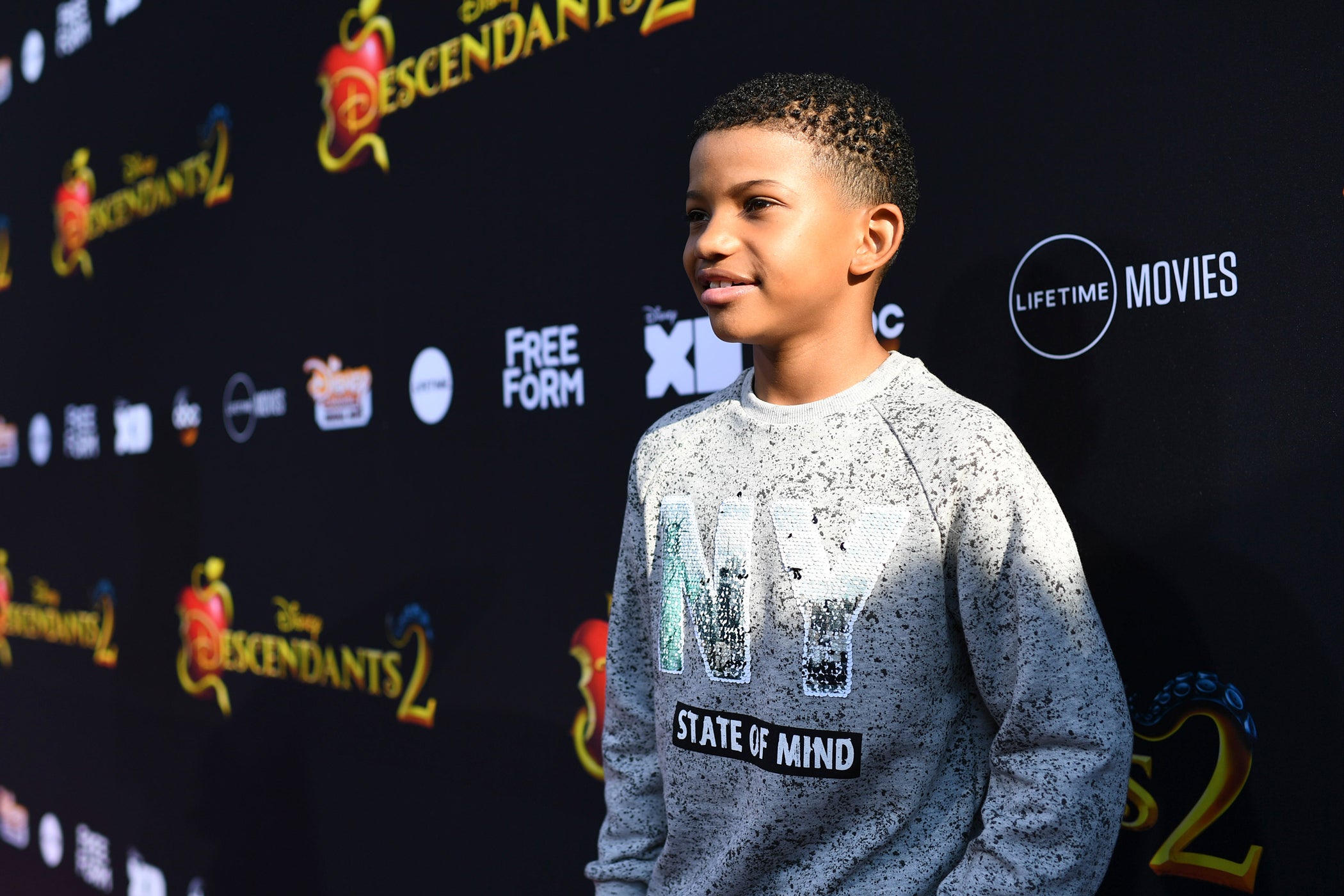
Walt Disney Television | CC BY-ND 2.0





Lonnie Chavis is an actor who stars in the television series, This Is Us; he plays the 13-year-old Randall Pearson. He started acting at a very young age and has been on numerous television shows and in movies, including “The Boy Behind the Door,” which was released in 2020.
In June 2020, Lonnie Chavis wrote an essay called, “America Needs to Change,” which was published in People magazine. In the essay, he shares his various experiences with racism. He wrote the essay in the wake of an ongoing public conversation and reckoning about racism and police violence against Black people. Chavis has a unique point of view as a Black actor and as a young person who speaks directly to other young people. In that role, his words may resonate more powerfully.
Lonnie Chavis wrote the essay as a personal letter to his Mom to explain how he felt after learning about the May 2020 murder of George Floyd at the hands of the police. You can watch Lonnie Chavis talking about his thoughts and reason for writing it on “Live with Kelly and Ryan”: "This Is Us" star Lonnie Chavis shares the open letter he wrote about his experiences with racism.
Racism is defined as: “The disrespect, harm and mistreatment of people of color based on made up ideas that white people deserve to be in charge and treated better.” Here are some important things to keep in mind:
Read Lonnie Chavis’ essay together silently or aloud. When reading this with young children, instead of reading the whole article, read a few excerpts and explain some of the vocabulary and concepts as you read.
Age
8 and up
Questions to Start the Conversation
Questions to Dig Deeper
(See the Additional Resources section for articles and information that address these questions.)
Ideas for Taking Action
Ask: What can we do to help? What individual and group actions can help make a difference?
Additional Resources